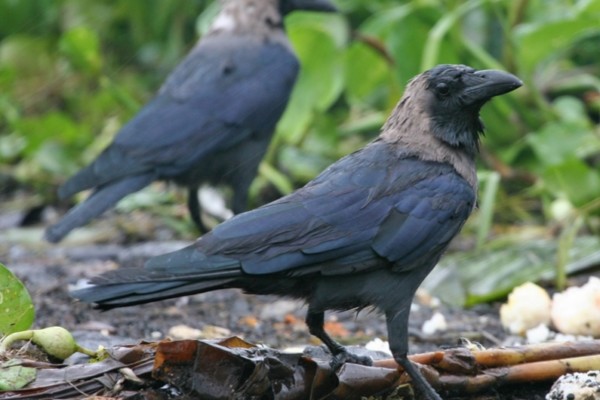
The Indian house crow is an invasive pest along the East African seaboard and neighbouring countries such as Saudi Arabia. In East Africa the crow was intentionally introduced in 1890 to control rubbish, but since then their numbers have exploded from years of poor rubbish management. They don’t just eat rubbish however, they pour into the towns and cities and are prolific around cafes, restaurants and anywhere there is food.
Moving through rubbish dumps, human waste management sites and then onto chairs and tables, and city streets where they foul, poses are serious public health risk.
The solution
The product Orillion manufactures and supplies to these regions is a bait called DRC-1339, also known as Starlicide, made specifically for controlling crows, starlings and rooks. These bird pests are intelligent, so the bait delivery method and toxin used within the bait is ideal for their behaviour and response to threat.
DRC-1339’s symptoms are delayed (around 24 hours) to ensure the birds don’t associate the sickness with the baits, and the bait effectiveness is also improved through the use of a non-toxic pre-feed. The baits are quickly degraded by UV light and are highly targeted to the crow, rook and starling species.
Application in New Zealand
In New Zealand rooks have more of an economic and environmental impact than posing a risk to public health. They ruin crops by pulling young plants from the ground to get the seeds, particularly cereals, peas, maize and squash.
A new delivery method developed and registered in New Zealand is to add DRC-1339 to petrolatum (petroleum jelly) and apply to rook nests by specialist operators suspended from helicopters.
This method stops the breeding cycle at its source for that particular nest, whereas in East Africa bait is usually applied on the ground around waste sites.
This control method in New Zealand can only be carried out by a licensed operator, so if you sight rooks on your land you need to contact your regional council who is responsible for rook control.
